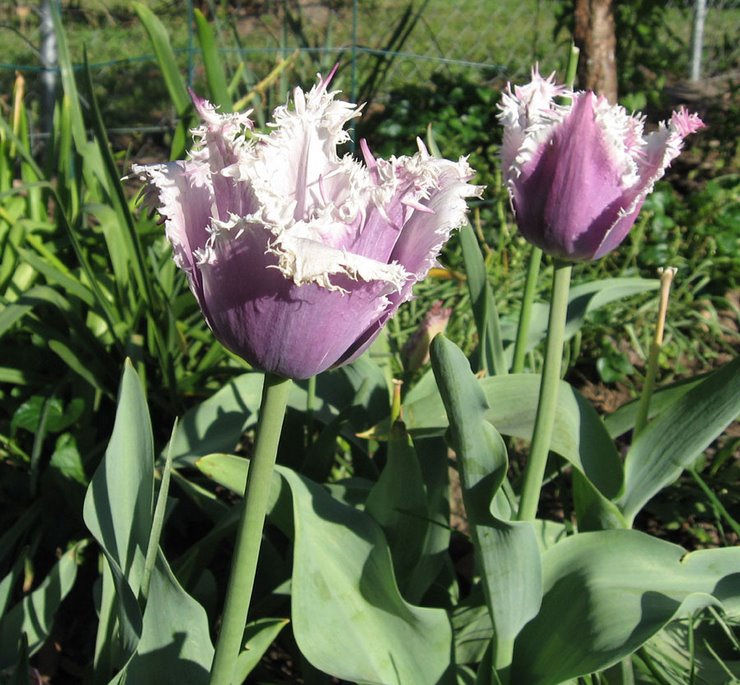 |
| Aglaia daisy |
The backbone of this bed is a butterfly bush and a hardy hibiscus. The gaura I'd planted there several years back seems to have fizzled out, but the phlox (a tall garden phlox, not a creeping phlox) seem to be doing all right, and the salvia. Some years ago I'd put in some verbena bonariensis, a verbena that flowers atop a tall stem. This self-seeds a bit, so every year a few of these pop up around this bed, in one place or another. So does the salvia, a variety with deep maroon foliage. I like the foliage in a bed to have a variety of colors and textures so that it is interesting even when nothing is blooming.
I finally chose some Shasta daisies and the "Homestead Purple" verbena. The daisies are a type I'd been wanting to try. In the past I've had the "Becky" daisies, which did quite well for quite a few years, but I've really wanted some of the double varieties. These would, from what I've read, tend to put off less pollen than the single ones, and I just like their looks. I'm trying a couple of varieties of double-flowered daisies to see what works best in this place: "Aglaia," and "Crazy Daisy." Both have a sort of frilly, fluffy look compared to the classic daisy.
The Homestead Purple verbena is a hardy type, though not reliably so here in zone 6. Most often it seems to make it to come back the following year, but not always. Some sources list it as hardy to zone 6, but others to zone 7 (one zone warmer than here). It likes full sun and well-drained soil, so I make sure to plant it with plenty of compost. This verbena is a vigorous grower that does pretty well as a ground-cover, and blooms all summer.
So this bed will have the white of daisies, surrounded by masses of purple verbena, with the lavender flowers of the butterfly bush at one end, and later in the summer, white phlox and the huge white and pink hibiscus back behind. I'd like to add something like baby's breath, or something with that kind of fine texture. I've been looking for the white version of the Moonbeam threadleaf coreospsis, but haven't found any around here this year. I've thought about gaura again, and may decide to go with it instead.
I'll post pictures of this bed later as things settle in and start to flower.
- - - - - - - - - - - - - - - - - - - - - - - - - - - - - - - - - - - - - - -
The Ogren Plant Allergy Scale rates the allergy potential of a plant, but of course does not indicate whether you or anyone else actually is allergic to it. In this scale, 1 is the best rating, with the least potential to cause allergic reactions; and 10 is the worst rating, with the most potential to cause allergic reactions. Verbena are rated 5, so they are a moderate allergy risk. Shasta daisies are in the chrysanthemum family. Single-flowered varieties are rated 7, while double-flowered are rated 4. So by choosing a double rather than a single variety of daisy, I have decreased the problem of pollen. I also plant a limited number of these flowers, and place them in a bed farther from my house and patio, so that I am not exposed so much to what pollen there is. There is a slight risk of sensitivity to contact with the leaves of plants in the chrysanthemum family, so I made sure I wore my garden gloves when handling them. These are some of the practical measures a person with allergies can take when gardening.

No comments:
Post a Comment